Contents
- History
- Ancient Trade Routes
- Traditional Modes of Daily Conveyance
- Modes of Transport
- Train & Rail Systems
- Overview of Bus Networks
- Air Travel
- Autos & Shared Vehicles
- Traffic Map
- Communication Networks
- Newspapers & Magazines
- What’s on the Billboards? A look at Gondia’s Hoardings
- Postal Services
- Graphs
- Road Safety and Violations
- A. Cases of Road Safety Violations
- B. Fines Collected from Road Safety Violations
- C. Vehicles involved in Road Accidents
- D. Age Groups of People Involved in Road Accidents
- E. Reported Road Accidents
- F. Type of Road Accidents
- G. Reported Injuries and Fatalities due to Road Accidents
- H. Injuries and Deaths by Type of Road
- I. Reported Road Accidents by Month
- J. Injuries and Deaths from Road Accidents (Time of Day)
- Transport Infrastructure
- A. Household Access to Transportation Assets
- B. Length of Roads
- C. Material of Roads
- D. Licenses Issued
- Bus Transport
- A. Number of Buses
- B. Number of Bus Routes
- C. Length of Bus Routes
- D. Average Length of Bus Routes
- E. Daily Average Number of Passengers on Buses
- F. Revenue from Transportation
- G. Average Earnings per Passenger
- Communication and Media
- A. Household Access to Communication Assets
- B. Newspaper and Magazines Published
- C. Composition of Publication Frequencies
- Sources
GONDIA
Transport & Communication
Last updated on 6 November 2025. Help us improve the information on this page by clicking on suggest edits or writing to us.
The Gondia district serves as a key transport and logistics hub, supported by a robust network of national and state highways that ensure connectivity within and beyond Maharashtra. Major routes, including State Highway 753 and National Highway 6, are essential for the movement of agricultural produce and other goods. As a result, various infrastructure developments have been undertaken to strengthen both transportation and communication systems. The district is connected by rail, bus, auto-rickshaw, and air travel, with the availability and reach of these systems offering a glimpse into its evolving transport landscape.

History
Ancient Trade Routes
Not much is known in detail about the ancient trade routes that passed through the area now known as Gondia district. However, it can be inferred that this region lay along older routes that connected central India with the Deccan plateau which enabled the movement of goods and supported cultural and religious exchange between northern and southern India. During the reign of Emperor Ashoka (3rd century BCE), Buddhism likely spread through this area by means of these trade routes. Archaeological remains, such as Buddhist stupas and railing pillars found at Pauni in Bhandara district (which lies close to Gondia) indicate that the broader region was linked to wider Buddhist networks.
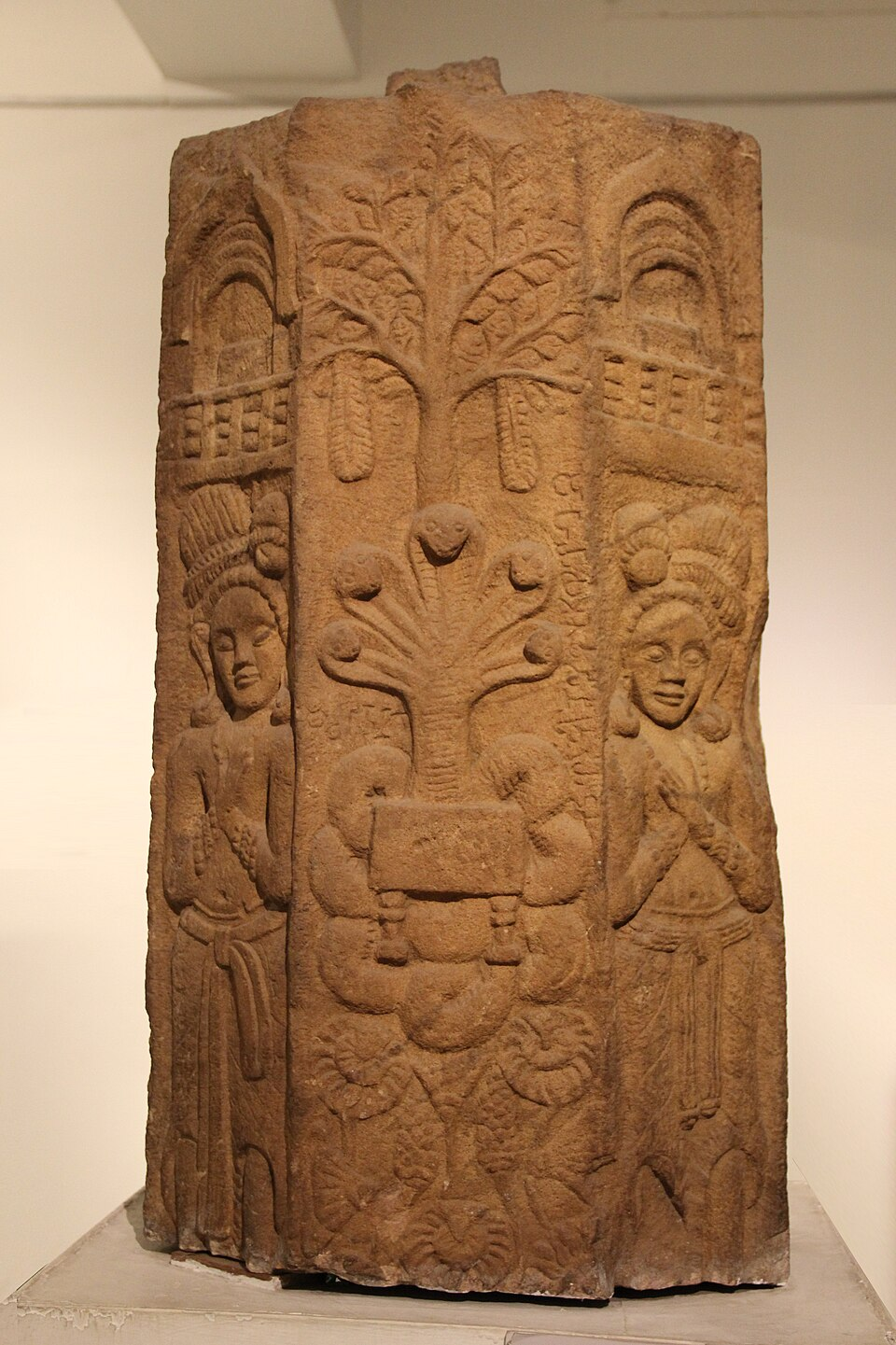
It is important to note that the area now known as Gondia district has historically been part of different administrative and political units. During the Maratha period and earlier, it was under local rulers, including Gond chiefs, which gave the district its name. Under British rule, the area became part of Bhandara district within the Central Provinces. Gondia remained within Bhandara until 1999, when it was established as a separate district for administrative purposes. Many of the towns and settlements within these units have historically played important roles in trade and local transport. Hence, it is possible that Gondia and its surrounding areas were also connected to these broader networks of trade and commerce.
Traditional Modes of Daily Conveyance
In earlier times, locals say transport for people and goods mainly relied on bullock carts and horse carts. These traditional modes of transport connected villages and markets across the region. With the expansion of the railway network in the late 19th century, Gondia’s role as a railway junction strengthened its position as a transport and trade center. The railway system, along with private transport operators, continues to support the district’s connectivity.
Modes of Transport

Train & Rail Systems
Gondia district’s rail network falls under the South East Central Railway (SECR) zone, Nagpur Division. Today, it forms part of the important Howrah–Mumbai rail corridor, connecting eastern Maharashtra to major cities in central and eastern India. Gondia Junction is the main station, supported by other stations in the district such as Gangajhari, Kachewani, Tirora, and Birsola. Together, these stations handle passenger and freight traffic.
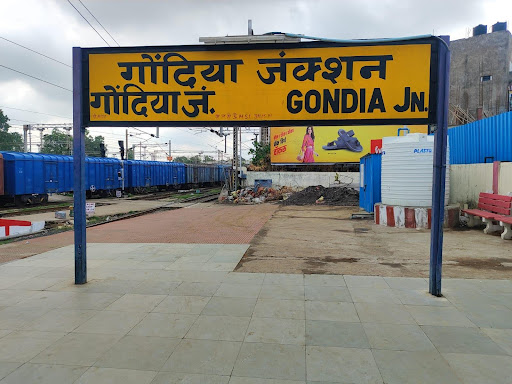
This rail network continues to play a vital role in the district’s economy and daily travel, but its origins trace back to the British period, when the Bengal–Nagpur Railway first linked the area to larger markets.
Its development began with the construction of the Bengal–Nagpur main line in the early 20th century, which crossed the northern part of what is now Gondia district and provided a direct connection to Kolkata and other major trade centres. Timber and forest produce were carried by bullock carts to nearby stations for shipment by rail.
Within the district, the Bengal–Nagpur main line included stops at Kachewani, Tirora, Gangajhari, and Gondia. The narrow-gauge Satpura branch, opened in 1903, added further connectivity between Gondia and Nainpur, continuing onwards to Jabalpur. Within Gondia, this branch included Gondia and Birsola stations. By 1907, additional narrow-gauge extensions, such as the planned line towards Brahmapuri in Chandrapur, were under construction.
Overview of Bus Networks
Bus transport plays a key role in connecting towns, villages, and market centres across Gondia district. The Maharashtra State Road Transport Corporation (MSRTC) operates the main public bus services, covering both intra-district and inter-district routes. Fares are regulated by the state, with concessions for schoolchildren and women. As of 2024, locals say that for longer journeys between districts, tickets typically range from ₹200 to ₹250, while shorter trips within Gondia district cost between ₹50 and ₹110.
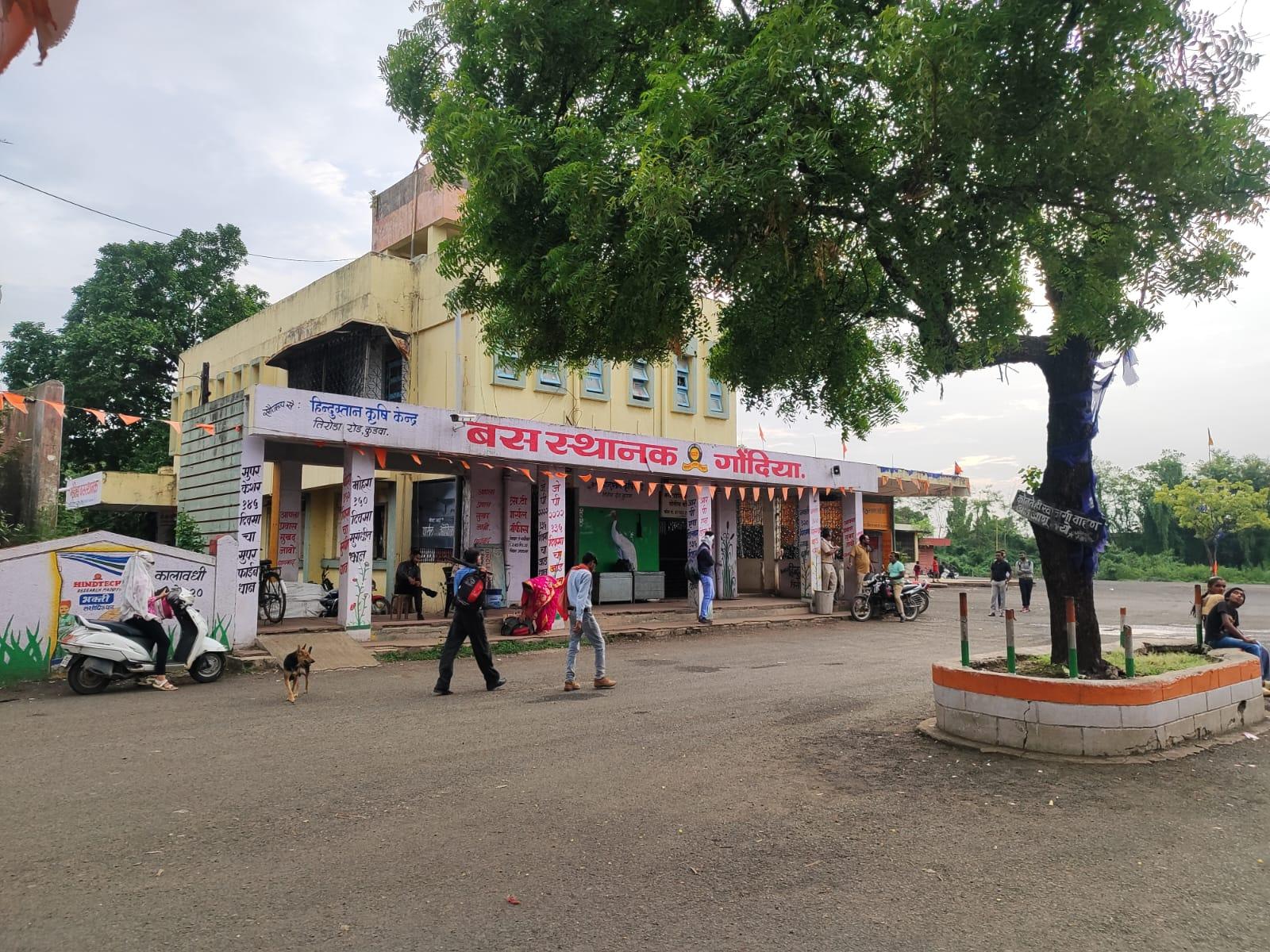
The MSRTC’s Lal Pari buses function as the primary means of transport for both local and regional travel, connecting smaller towns and rural areas to Gondia city and nearby districts.
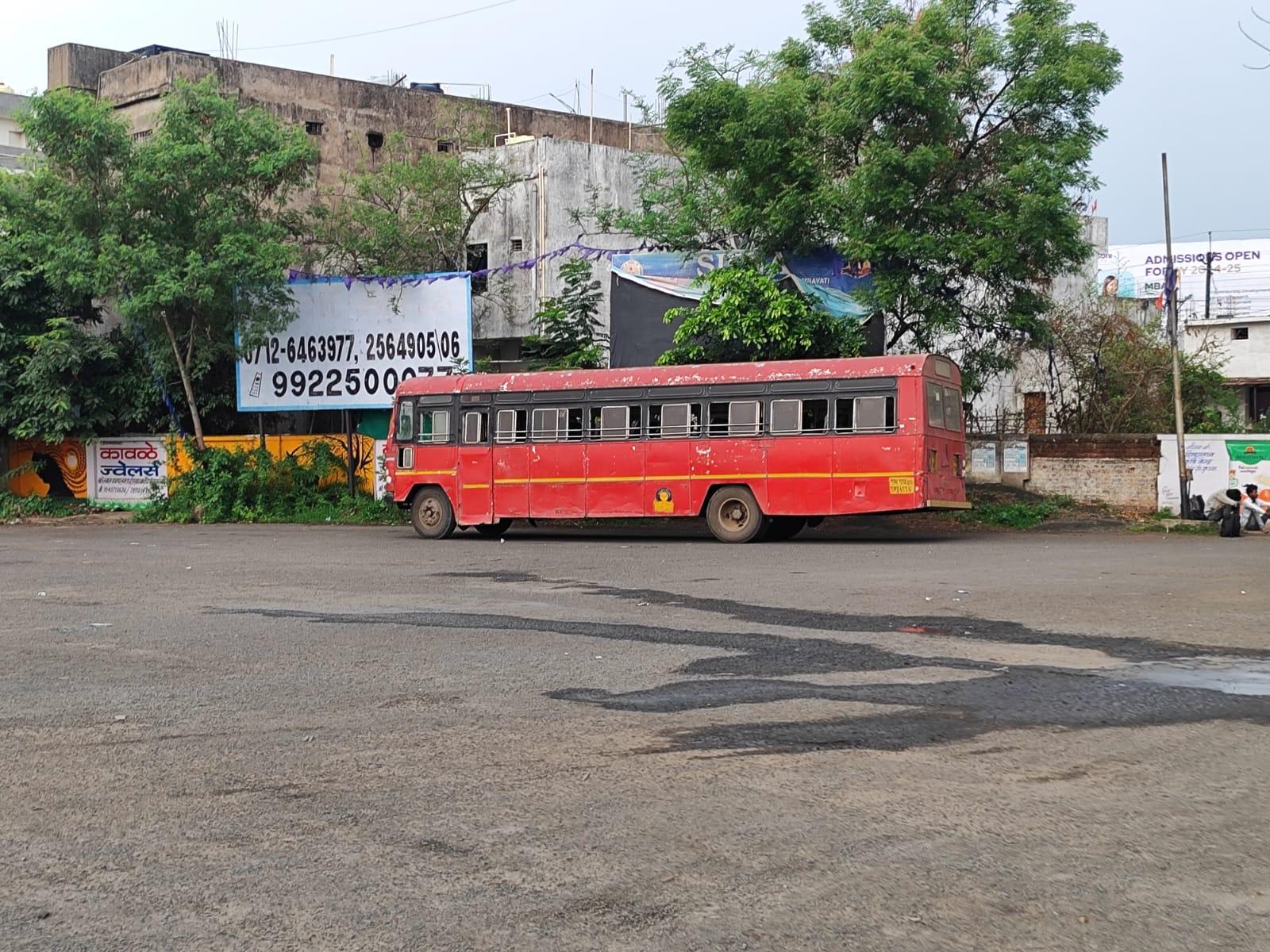
Air Travel
Gondia’s air connectivity centres on Birsi Airport, located about 12 km from Gondia city. Originally built by the British in 1940 as an airstrip for the Royal Air Force during World War II, the site has since developed into a regional airport under the Airports Authority of India (AAI). Managed earlier by the Maharashtra Industrial Development Corporation (MIDC), the airstrip was transferred to AAI in 2005.

The runway was extended in 2013 to handle larger aircraft, including the A320 and B737. In March 2022, commercial flights began under the UDAN scheme, connecting Gondia to Indore and Hyderabad, though services were suspended a few months later due to operational constraints. In October 2023, IndiGo announced new plans to resume flights, highlighting the airport’s potential as a link for passenger travel.
Alongside passenger services, Gondia is also home to the National Flying Training Institute (NFTI), which operates in partnership with CAE Inc. to train new pilots, adding to the district’s role in aviation education.
Autos & Shared Vehicles
Auto rickshaws are a common means of travel in Gondia, especially for short city commutes and local errands. Typical fares range from ₹20–₹30 for the first kilometre, with an additional ₹10–₹15 per kilometre for longer trips. E-rickshaws, which have become increasingly popular for their affordability and low emissions, charge around ₹10–₹20 for shared short-distance rides, while private bookings may cost between ₹50 and ₹100.

Auto rickshaws and e-rickshaws in Gondia are mostly operated by individual owners or small local operators. Fares are usually not metered and are instead decided in advance, often varying slightly depending on the time of day and local demand. For longer city trips or travel to nearby towns, private taxis are also available, with fares typically starting at around ₹100.
Traffic Map

Communication Networks
Newspapers & Magazines
In Gondia, various Marathi, Hindi, and English newspapers are circulated, covering local, regional, and national news. Well-known Marathi dailies include Punya Nagari, Lokmat, Sakal, Tarun Bharat, and Tandul Nagari. Hindi newspapers such as Dainik Navbharat, Balaghat Times, and Dainik Bhaskar are also widely circulated. For English-language readers, The Times of India, The Hitavada, and The Economic Times are available in towns and market areas.
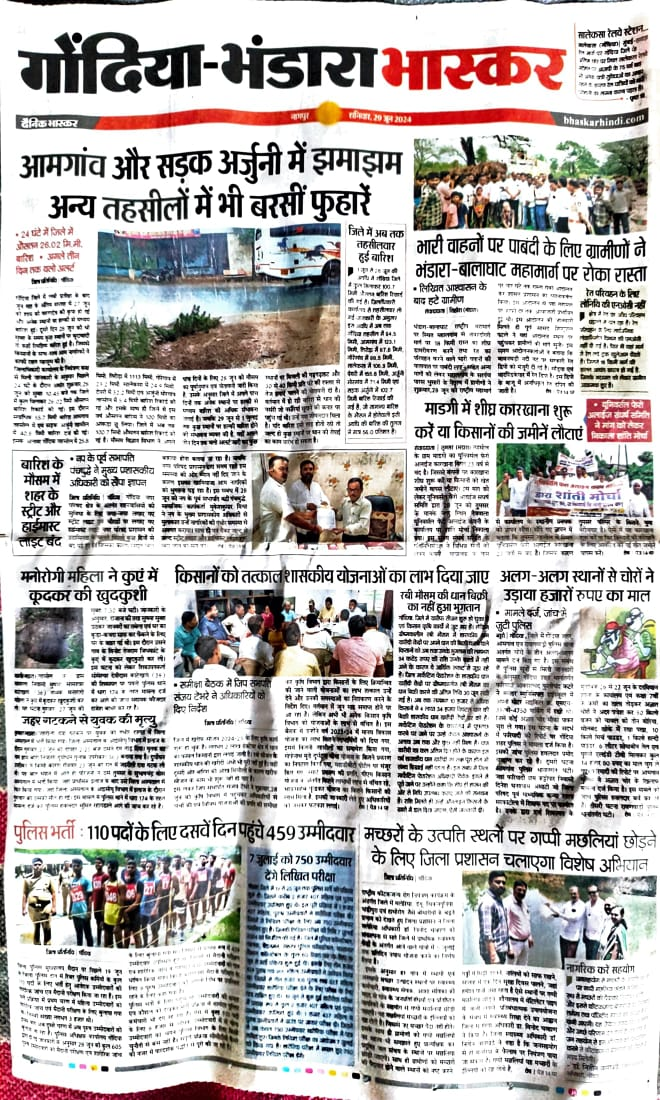
What’s on the Billboards? A look at Gondia’s Hoardings
Billboards and banners are commonly seen along roadsides, markets, and major crossings in Gondia. These display advertisements for shops, services, events, and political messages.
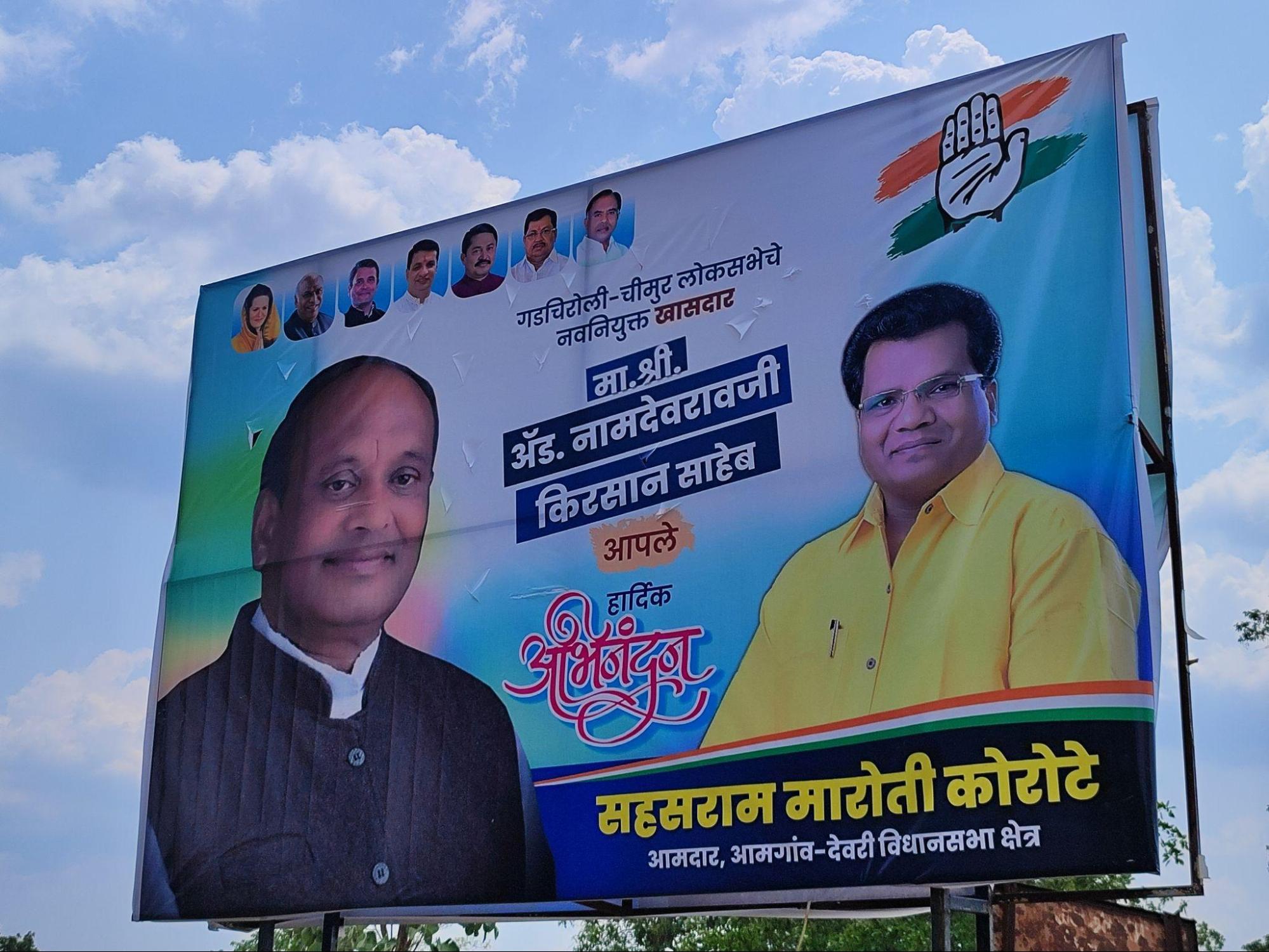
Notably, painted wall ads are still found in some neighbourhoods, mainly promoting everyday products or local notices.
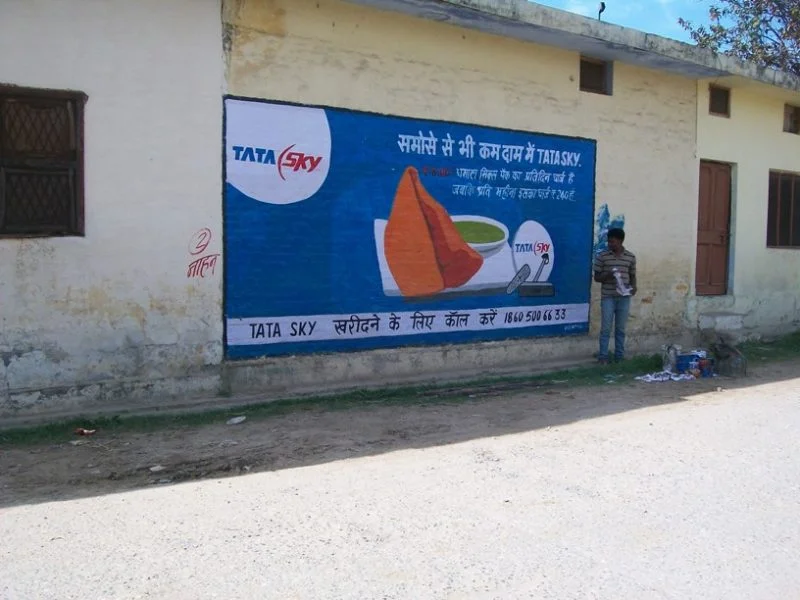
Postal Services
The post office remains an important part of daily life in Gondia district, especially in villages and smaller towns where it handles mail and basic financial services. Postcards and inland letters are still sent for family occasions and festivals such as Raksha Bandhan, although digital communication has gradually reduced their regular use.
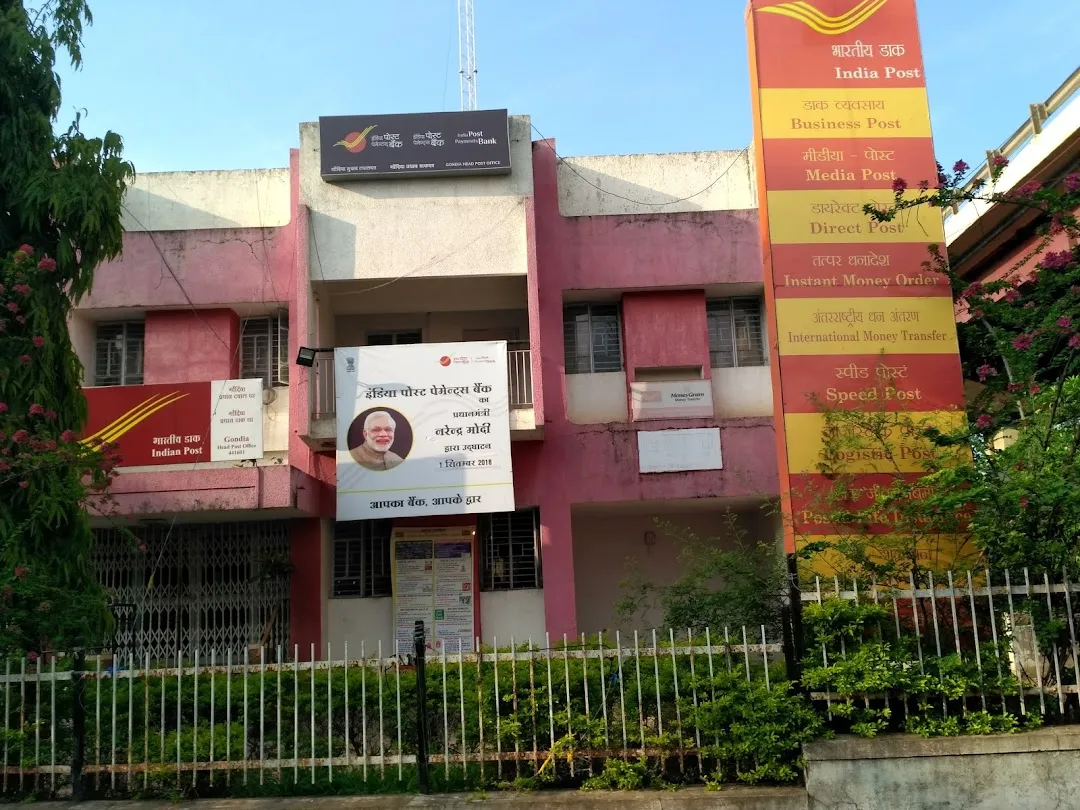
Post office savings accounts continue to be common in rural areas, offering families a secure place for deposits and benefit transfers. In urban parts of the district, more people now use digital banking, but the post office remains a trusted option for those who prefer traditional services.
Graphs
Road Safety and Violations
Transport Infrastructure
Bus Transport
Communication and Media
Sources
CAE. CAE Gondia (NFTI).https://www.cae.com/civil-aviation/locations…
R.V Russel. 1908. Central Provinces District Gazetteer: Bhandara District, Vol A, Descriptive. Pioneer Press.
Shubhangi Khapre. 2017. Regional air connectivity: Maharashtra to push five more destinations for UDAN. Indian Express.https://indianexpress.com/article/india/regi…
Wikipedia contributors. Gondia Airport. Wikipedia.https://en.wikipedia.org/wiki/Gondia_Airport
Last updated on 6 November 2025. Help us improve the information on this page by clicking on suggest edits or writing to us.